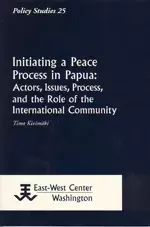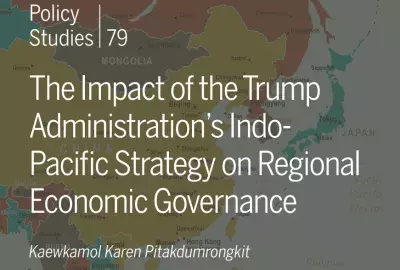Error message

Drawing on the Aceh peace process that resulted in the Helsinki agreement, this study investigates the possibility of a peace process to resolve the conflict over the political status of Papua vis-à-vis Indonesia. After presenting essential features of the Papua conflict, the study discusses the key actors, explores who should be brought into the peace process, what are the issues of contention, and how they may be packaged for dialogue. It also explores the possible roles of the international community. The study advances six findings: First, peace through dialogue is possible in Papua, although the Papuan case will require a more complex approach than that used in Aceh; second, negotiations must be more open, and mechanisms must be built to facilitate communication between the negotiators and their constituencies; third, the Special Autonomy consultation process is one possible model for constructing such mechanisms; fourth, a lasting peace can only be built through a process that includes the radical secessionist elements; fifth, the accord must establish mechanisms to monitor implementation and guarantee the safety of the negotiators; and finally, the dialogue process requires international facilitation.

Drawing on the Aceh peace process that resulted in the Helsinki agreement, this study investigates the possibility of a peace process to resolve the conflict over the political status of Papua vis-à-vis Indonesia. After presenting essential features of the Papua conflict, the study discusses the key actors, explores who should be brought into the peace process, what are the issues of contention, and how they may be packaged for dialogue. It also explores the possible roles of the international community. The study advances six findings: First, peace through dialogue is possible in Papua, although the Papuan case will require a more complex approach than that used in Aceh; second, negotiations must be more open, and mechanisms must be built to facilitate communication between the negotiators and their constituencies; third, the Special Autonomy consultation process is one possible model for constructing such mechanisms; fourth, a lasting peace can only be built through a process that includes the radical secessionist elements; fifth, the accord must establish mechanisms to monitor implementation and guarantee the safety of the negotiators; and finally, the dialogue process requires international facilitation.








